I have an image stored as matrix with grayscale for each pixel.
On this image I use SLIC algorithm to divide it into areas.
So I get a simple feature (sf) with polygons, I am able to extract in well-known-text (wkt).
But what I really need is a matrix/mask (same dimension as my pixel-image-matrix) storing the id of the polygon each pixel belongs to. For example the pixel image[1,2] belongs to polygon 5, then mask[1,2] <- 5.
I add some code to give example of my porblem (for a random "image"):
mat <- array(runif(10000, min=0, max=500), dim=c(100,100))
# SLIC
library(supercells);
library(sf);
library(terra);
# make spatial raster from matrix
raster <- rast(mat);
rasterSLIC <- supercells(raster, k = 50, compactness = 1, dist_fun = "euclidean", avg_fun = "mean");
plot(raster);
plot(st_geometry(rasterSLIC), add = TRUE, lwd = 0.2);
point <- st_cast(rasterSLIC$geometry[2], to="POINT");
coord <- st_coordinates(point);
# what I want:
goal <- array(c(1,1,1,2,2,1,2,3,3), dim=c(3,3));
image(goal);
goal;
I would like to have something that helps me turning coords into such a mask/matrix I gave a small example for in goal.
